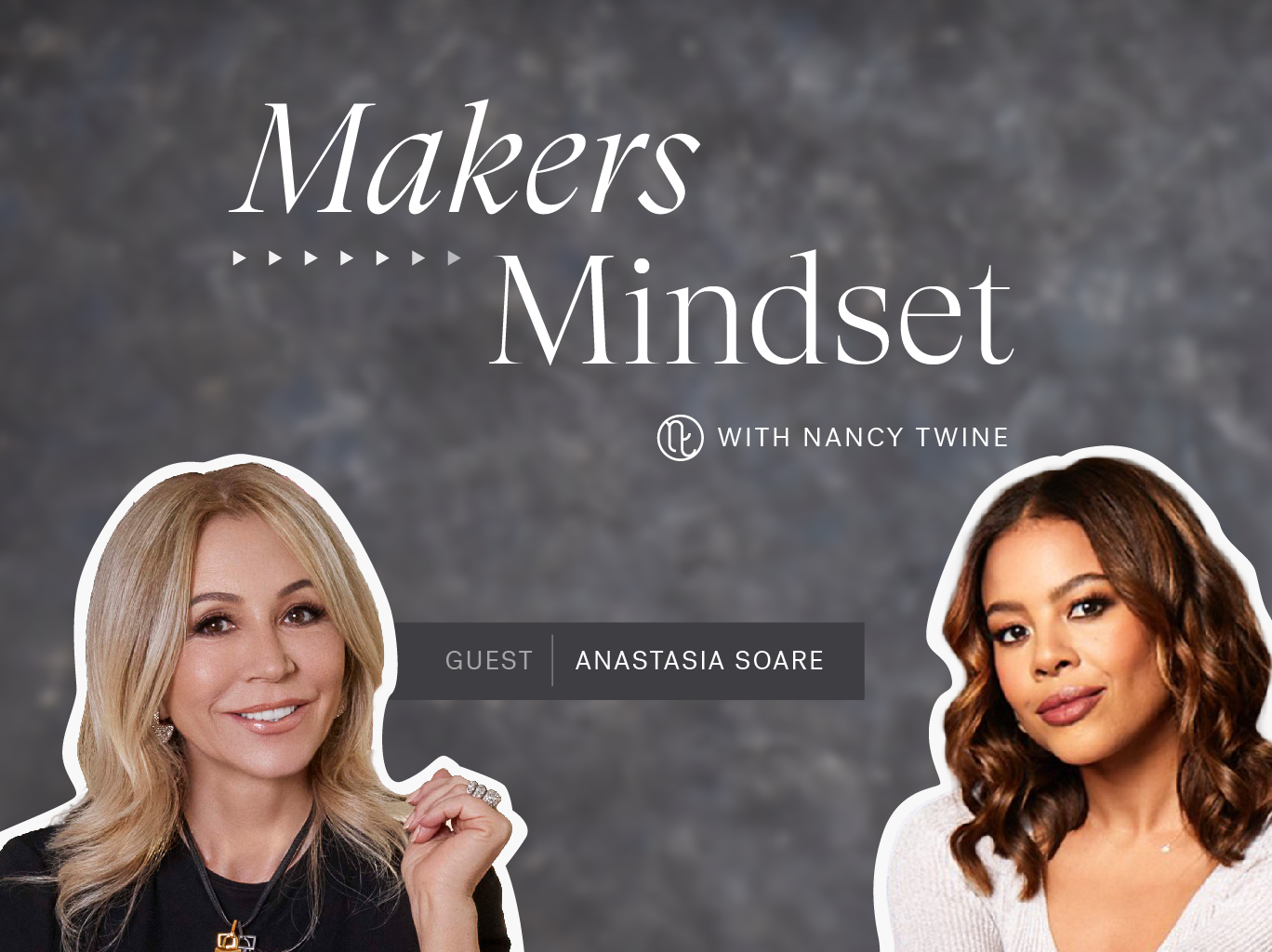Understanding your consumer is the foundation of entrepreneurial success. Aspiring entrepreneurs often overlook this vital aspect, but by getting to know your customers, you can gain a competitive edge, foster meaningful connections, and tailor your products or services to meet their needs. Let’s delve into the significance of defining your consumer base for your service or product and explore the benefits of cultivating the right customer base for your business.
Establishing Your Audience
Before embarking on the journey of defining your consumer base, it’s essential to understand the different ways of going about it. Here are some effective strategies to help you get started:
1. Survey Current and Potential Clients
Distributing surveys is an effective and economical way to examine your target audience. Google Forms, Survey Monkey, Typeform, and Instagram stories are just some of the creative, free-to-low cost platforms you can utilize to study the opinions and behaviors of your current or future customer base. Well-crafted surveys can elevate customer engagement as you can gather valuable insights into audience preferences, needs, and pain points. This data will enable you to refine your business approach and align your products or services with their expectations.
2. Create Personas to Represent Your Customer Base
Developing customer personas, going as far as to name them and give them personalities, allows you to visualize and understand your target audience better. By creating profiles representing various existing or potential customer segments, you can tailor your marketing efforts and product development to suit their specific characteristics and motivations.
As an example: One customer persona can represent a single parent from a rural region of the country and another can be a retired veteran who spends their free time volunteering at a children’s hospital. While both personas might be relevant customers for your business or service, they may have very different needs or interests that you can hone into to drive a more customized approach to servicing, communicating, and/or developing product for your customer.
You can also use personas to further niche down your audience to draw in a specific demographic. This is especially helpful if you are entering a more saturated industry like beauty or wellness. You can create a persona that speaks to a hyper-specific group. Rather than selling to a broad audience of women in their thirties, you can seek single Asian career women in California who value budget-friendly luxury products with a passion for sustainability and travel. This hyper-specificity will inform your visuals, in-person events, and even product dimensions to suit sustainability and travel needs of your audience.
“Creating an entirely new product that speaks to your personal needs or addresses a lesser known or recognized audience requires you to depend on your instincts and draw from what inspired you to pursue your product or offering in the first place.” – Nancy Twine
3. Define Your Audience Intuitively
Unconventional businesses require unconventional tactics to succeed. If you’ve created a product or service that doesn’t currently exist or serves a very niche audience that most other companies don’t currently serve, you may have an unconventional business concept. The more unique or high-risk your venture, the less you can solely rely on market research or tried and true methods. Intuition plays a crucial role in recognizing the preferences and desires of your consumer. Creating an entirely new product that speaks to your personal needs or addresses a lesser known or recognized audience requires you to depend on your instincts because the research may not be available or easily sourced. Instead, you can draw from what inspired you to pursue your product or offering in the first place. Some questions to bring clarity are:
Who do you hope to reach, inspire, and problem solve for?
How can this specific group benefit from your services or products?
Why should they invest in you now, if at all?
Who have other competitors or similar businesses failed to support or center in their marketing?
4. Use Research to Find Your Appropriate Audience
Qualitative and quantitative research is a powerful tool for identifying and understanding your target audience. By analyzing market trends, demographics, and consumer behavior, you can refine your approach and develop business and marketing strategies that resonate most with your customers.
Google, YouTube, Reddit, and platforms like Nielsen can provide you with a wealth of knowledge on what audiences want, dislike, and hope for. Reading the comment sections on social platforms or finding reviews on product websites or review platforms like Amazon and Yelp may also reveal important data to consider to avoid potential marketing pitfalls or hone in on specific audiences.
5. Track Analytics on Social Platforms
Social media platforms provide a treasure trove of data on audience engagement. By monitoring analytics, such as demographics, interests, and online behaviors, you can gain valuable insights into who is already interested in your business. This information can guide your marketing efforts and help you effectively connect with your ideal customers.
The Benefits of Having a Defined Audience
You can direct your marketing efforts precisely and efficiently by understanding your target audience. Instead of casting a wide net, you can tailor your messaging and channels to reach those most likely to convert into long-term, loyal customers.
1. Generating Relatable and On-Brand Content
Knowing your audience enables you to create content that resonates deeply with them. Understanding their pain points, aspirations, and interests allows you to craft compelling messages and stories that establish a strong connection, fostering trust and loyalty.
2. Targeting Digital Ads on Social Media Platforms
Digital advertising offers precise targeting options, allowing you to reach your intended audience accurately. By leveraging demographic- and interest-based targeted advertising on social media platforms, you can ensure that your ads are seen by the people most likely to be interested in your offerings.
3. Utilizing On-Brand Influencers or UGC (User-Generated Content)
Collaborating with influencers or incorporating user-generated content into your advertising can be a strong strategy for engaging your target audience. By leveraging the trust and credibility of influencers or showcasing content created by real customers, you can amplify your brand’s reach and appeal to potential customers who align with your audience.
Using Your Audience for Scaling Businesses
Feedback from your audience is an invaluable resource for continuous improvement and growth. Actively seeking feedback and listening to your customer’s opinions and suggestions can help you refine the products or services you offer, enhance customer experience, and foster long-term trust.
Ways to Get Feedback
Consider utilizing surveys, focus groups, or even hosting in-person events to gather customer feedback. By offering various avenues for your customers to share their thoughts, you can gain valuable insights into their needs and expectations, allowing you to iterate and evolve your business and marketing strategy accordingly.
Your Target Audience Takeaway
Defining your consumer base is not merely a business strategy; it’s a fundamental component of building a thriving entrepreneurial venture. By thoughtfully establishing your audience, crafting the benefits of your product or service to best serve that audience, and leveraging insights from your identified customer base to scale your business, you can foster strong connections, drive stronger business results, and create a foundation for sustainable success.
Get grant opportunities, exclusive invites, tools, and entrepreneurial inspiration in your inbox once a month. Sign up for the Makers Mindset newsletter.




